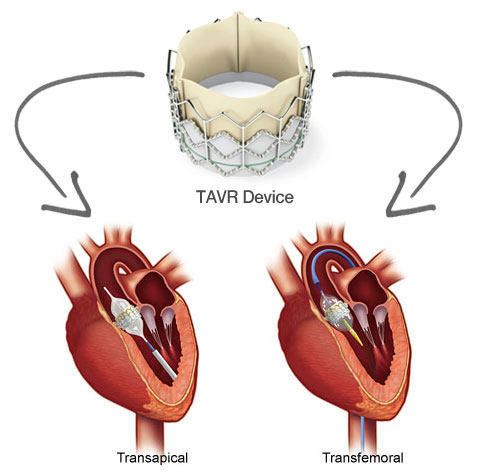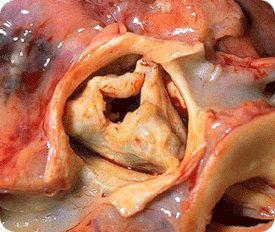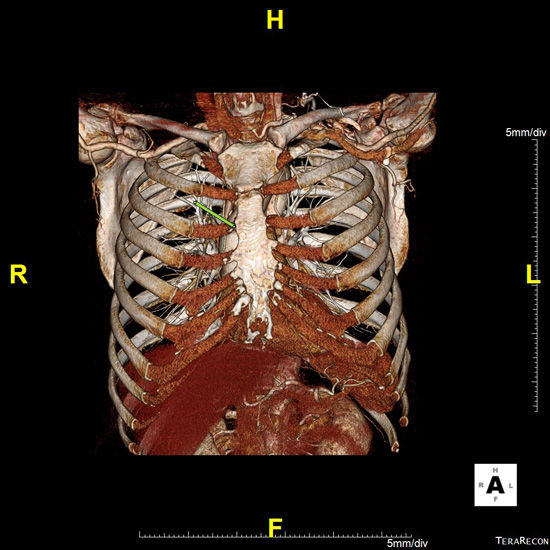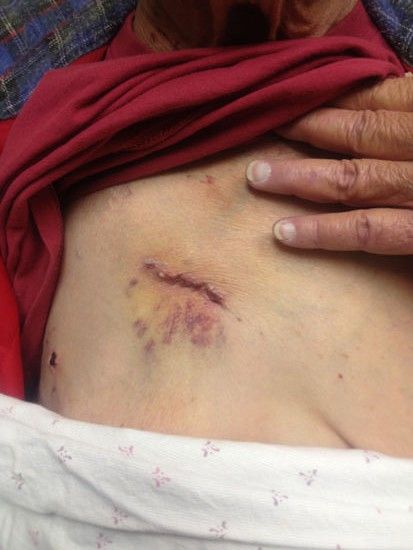Surgeon Q&A: Are There Alternative Access Points For Transcatheter Aortic Valve Replacement?
Written By: Adam Pick, Patient Advocate, Author & Website Founder
Medical Expert: James Wudel, MD
Page Last Updated: May 13, 2025
I’m getting a lot of questions about transcatheter aortic valve replacement (TAVR) procedures. A common question I get has to do with the different access points by which a TAVR can be implanted.

To learn more about TAVR access points, I reached out to Dr. James Wudel, a TAVR specialist.
As you may remember, Dr. Wudel has treated many members in our community including Darlene Holecek. Here are the highlights of my exchange with Dr. Wudel.
What is Transcatheter Aortic Valve Replacement (TAVR)?
Dr. James Wudel: Transcatheter Aortic Valve Replacement(TAVR) is a catheter based technique to replace a diseased, narrowed aortic valve(aortic stenosis). It could be thought of as really an implantation procedure, since unlike surgical aortic valve replacement, the patient’s diseased valve is not removed but instead expanded open with a new prosthetic valve placed inside.
What type of patient can have a TAVR?
Dr. James Wudel: Patients considered for TAVR have all the symptoms and prognostic factors of the usual patient with severe aortic stenosis.

However, TAVR is currently reserved for patients considered at extreme risk to undergo standard surgical valve replacement and is typically performed by placing the valve via a blood vessel in the groin (transfemoral).
Is the transfemoral approach the only access point for TAVR?
Dr. James Wudel: In circumstances of small or diseased groin vessels, an alternate access site is chosen to place the valve. Multiple alternate access sites are available with each having its own merits and disadvantages.
Of the nearly 200 TAVR procedures performed at our center, a third have required an alternate access.
The classic and first alternate access site developed for TAVR was the transapical route, which consists of placing the TAVR through the muscle of the heart using an incision underneath the left breast.

Since many of these patients are elderly and frail, keeping the procedure least invasive is optimal. Therefore, we have embraced a very limited incision between the ribs just right of the breastbone, a transaortic approach, to place the TAVR. The advantages for the patient are less discomfort, no injury to bone or heart muscle, and a simpler recovery.

Technically, it provides a short, straight line to the valve and excellent valve stability during the implant. This has been our favored approach in patients with unsuitable groin vessels requiring TAVR and has been used in 42 cases with excellent results.
What about the Subclavian Artery and Innominate Artery approaches?
Dr. James Wudel: Additional access sites utilized for TAVR placement at our center are the subclavian artery as well as the innominate artery; each providing short, stable access to the valve, as well as a limited incision, similar to a pacemaker. With the continued dimunition of TAVR delivery systems, these approaches may become more attractive.
What is the future of TAVR?
Dr. James Wudel: TAVR continues to evolve; next generation devices offer significant technical benefits and ease of insertion. Trials are ongoing to help determine which patients benefit most from TAVR and whether expanding TAVR to less complex, younger patients is warranted.
I hope this helped you learn more about the different ways that TAVR is being implanted for patients with severe aortic stenosis that are inoperable or at high risk for traditional, open heart aortic valve replacement. Many thanks to Dr. James Wudel for sharing his clinical experiences and research with our community!
Related Links:
Keep on tickin!
Adam














